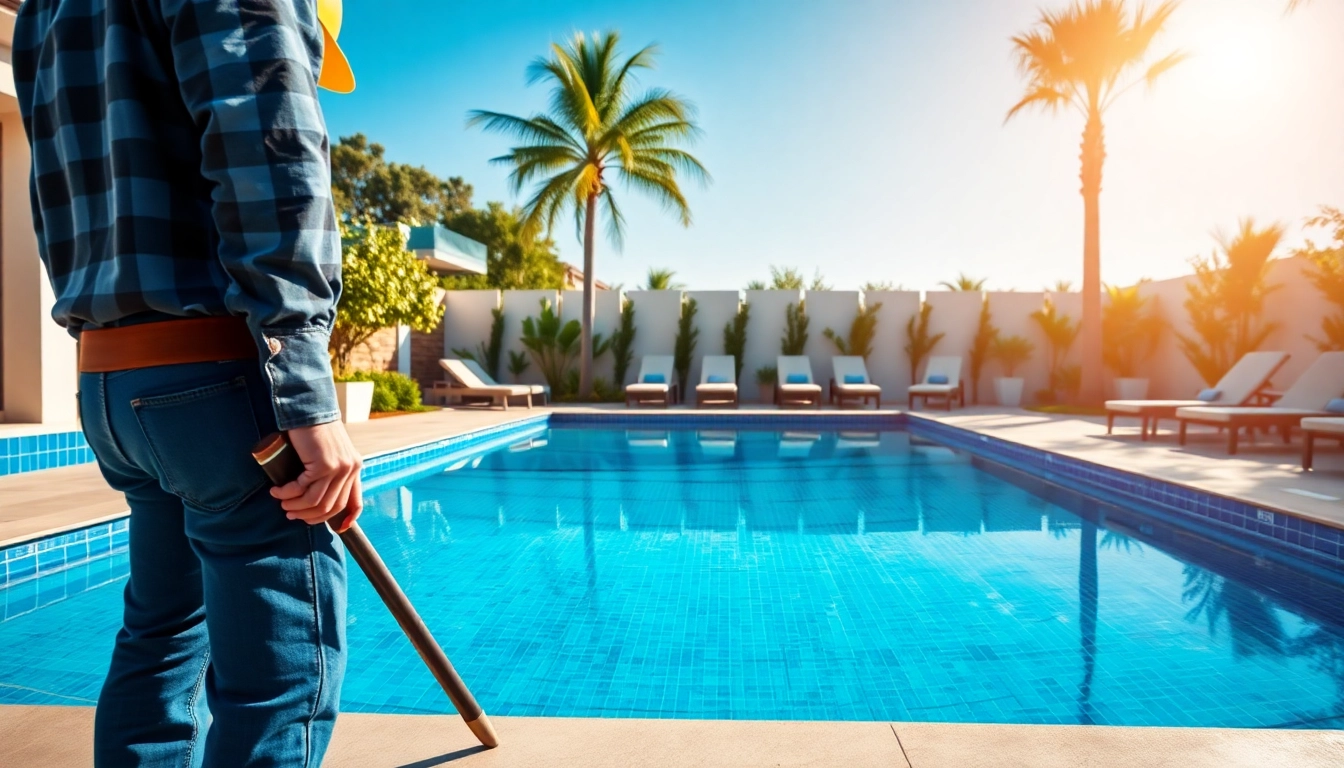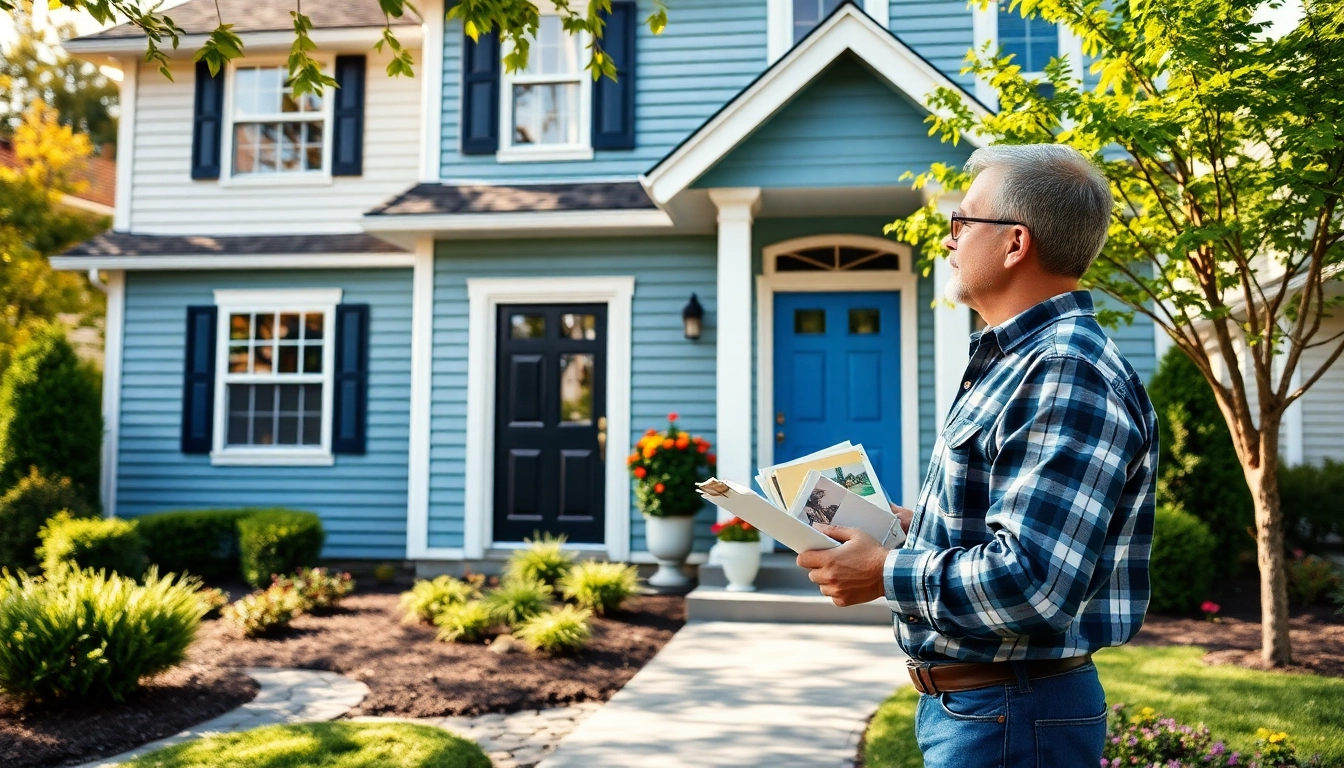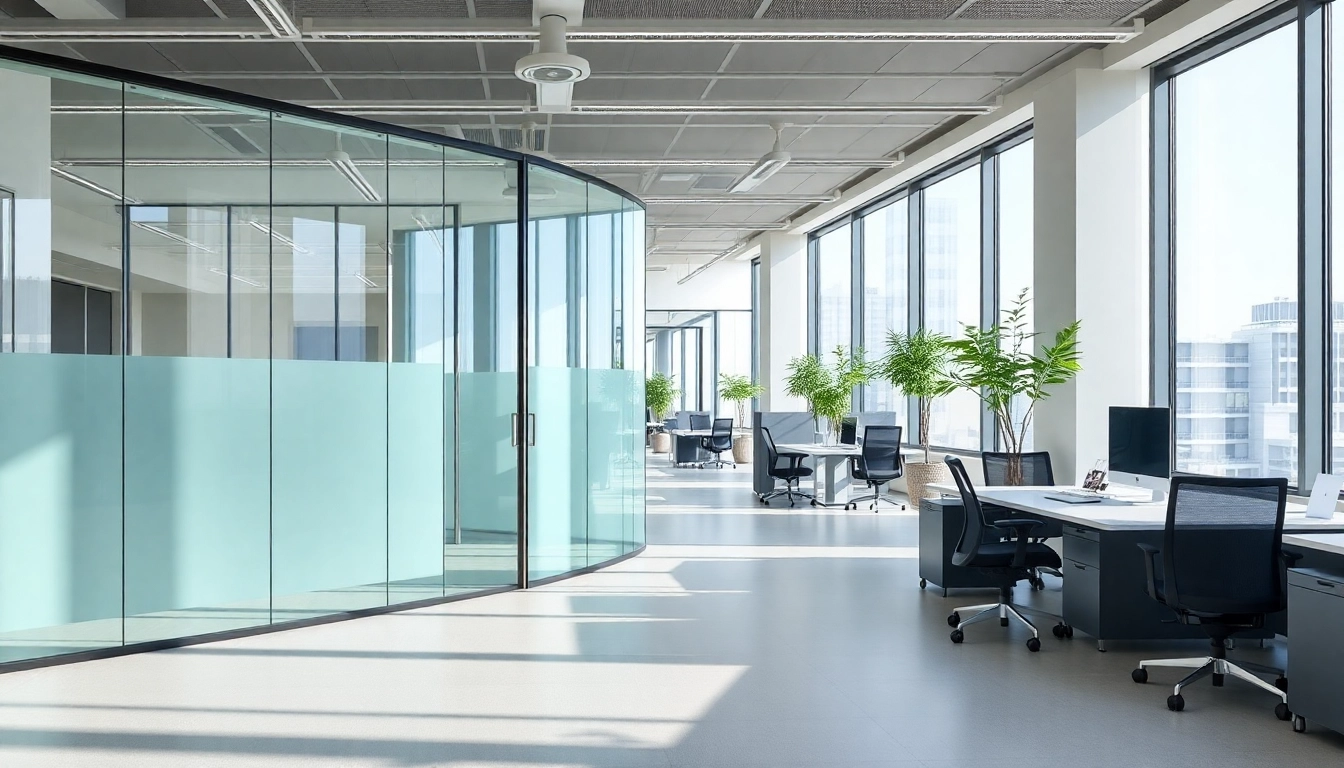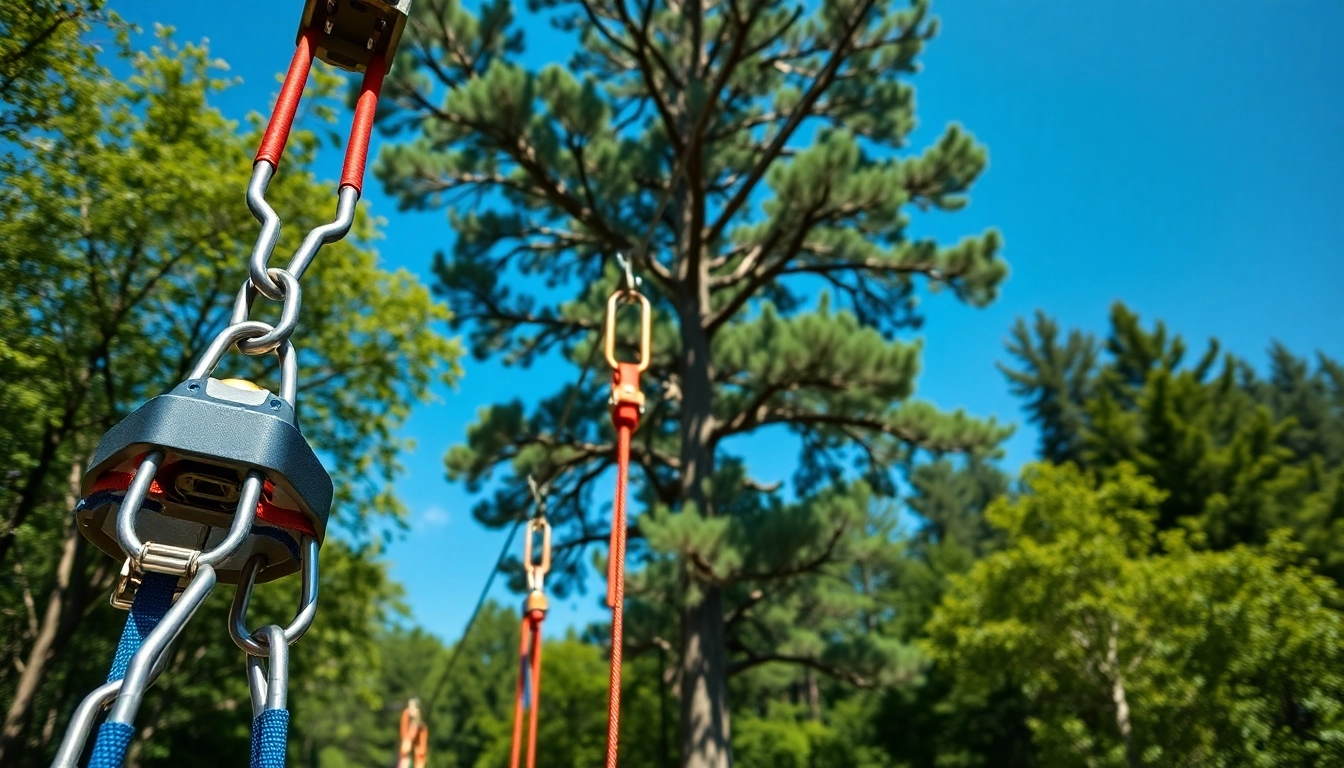
Building your own pool can be an exciting journey, allowing you to create a serene oasis in your backyard. Whether you’re looking to enhance your home’s value or create a perfect entertaining space, understanding the elements involved in a pool construction project is crucial. In this comprehensive guide, we will delve into the various aspects of building your own pool, from choosing the right type and materials to designing the layout, overseeing the construction process, and providing essential maintenance tips. This guide aims to equip you with the knowledge and insights necessary to successfully navigate your pool-building project. So let’s dive in!
1. Understanding Your Options for Building Your Own Pool
1.1 Types of Pools: Above Ground vs In-Ground
When it comes to building your own pool, one of the first decisions you’ll need to make is whether to install an above-ground or in-ground pool. Both options have their own set of advantages and disadvantages, depending on your budget, space, and preferences.
- Above-Ground Pools: These pools are typically more affordable and can be installed in a shorter time frame. They are easier to dismantle should you ever choose to move or relocate. However, they may not offer the same aesthetic appeal as their in-ground counterparts and are often limited in shape and depth.
- In-Ground Pools: Offering a permanent solution with plenty of design flexibility, in-ground pools can be customized in terms of size, shape, and features. However, they generally require a significant financial investment and a more extensive construction timeline.
1.2 Choosing the Right Materials for Your Pool
The materials you select for your pool can affect not only the cost but also the longevity and maintenance requirements of your pool. Some common materials for both above-ground and in-ground pools include:
- Vinyl Liners: Used primarily in in-ground pools, these liners offer a variety of colors and patterns but can be susceptible to tearing.
- Fiberglass: A strong and durable option that requires less maintenance. Fiberglass pools come pre-molded and can be installed relatively quickly.
- Concrete: Known for its durability and versatility, this material allows for customized shapes and landscaping. However, it requires regular maintenance to prevent algae growth.
1.3 Budgeting for Your Pool Construction Project
Creating a budget early in your planning can help you make informed decisions throughout the construction process. Consider costs associated with:
- Initial installation
- Landscaping
- Ongoing maintenance and repairs
- Permits and inspections
Having a comprehensive budget allows you to stay on track and avoid unexpected costs down the line, which is essential when you build your own pool.
2. Designing Your Perfect Pool Layout
2.1 Key Considerations for Pool Shape and Size
The shape and size of your pool will largely depend on the space available in your backyard, as well as your functional needs. Some common shapes include:
- Rectangular: Ideal for swimming laps and maximizing the swimming area.
- Oval or Round: Great for relaxation and social gatherings.
- Freeform: These pools can offer a more natural look, integrating with landscaping.
Consider how the pool will fit into your outdoor space. You may want to plan adjacent areas such as lounging zones, BBQ spaces, or gardens for a well-rounded outdoor living experience.
2.2 Incorporating Features: Waterfalls, Lighting, and Decking
Enhancing your pool design with various features can greatly increase its functionality and aesthetic appeal. Some features to consider include:
- Waterfalls: They create soothing sounds and can help with water circulation.
- Lighting: Install LED lighting both in and around the pool to ensure safety and create an inviting ambiance during evening hours.
- Decking: The choice of materials for pool decking—such as wood, concrete, or stone—can significantly affect the look and practicality of your pool area.
2.3 Hiring a Professional for Design Assistance
While some homeowners may prefer a DIY approach, collaborating with a professional designer can enhance the structural integrity and aesthetic of the project. Professionals can provide valuable insights based on their experience, from maximizing space to ensuring adherence to local building codes. Investing in expert help may save you time, money, and effort in the long run.
3. The Construction Process of Building Your Own Pool
3.1 Preparing the Site: Excavation and Layout
Once you make your design decisions, the construction journey begins with site preparation. This includes:
- Identifying and marking the pool’s location.
- Excavation of the area based on the size and shape of your pool.
- Installation of drainage systems, if necessary, to manage water runoff.
Proper excavation sets the foundation for the safety and longevity of your pool.
3.2 Installing Pool Plumbing and Equipment
Your pool’s plumbing system is critical for its operation. This includes moving water to and from the pool, filtering, and the heating system if applicable. Be sure to include:
- Skimmers and drains for efficient water circulation.
- Filter systems that help maintain water quality by removing debris.
- Heaters, if you opt for a temperature-controlled swimming experience.
Following proper installation protocols ensures your pool functions optimally and enhances its usability.
3.3 Finalizing the Structure and Aesthetics
As the construction progresses, it’s time to lay the pool surface and finalize the structural features. This can include:
- Applying pool finishes like tiles, plaster, or fiberglass.
- Finalizing the landscaping around the pool area.
- Ensuring all lighting, decking, and installations meet aesthetic and safety standards.
The final touches contribute to your pool’s personal flair and practicality, transforming it into the centerpiece of your backyard.
4. Maintenance Tips for Your New Pool
4.1 Regular Cleaning and Chemical Balancing
Maintaining the health of your pool is crucial, starting with regular cleaning schedules. Essential tasks include:
- Skimming the surface to remove debris.
- Vacuuming the pool floor.
- Brushing walls to prevent algae buildup.
Additionally, balancing your pool’s chemical levels—such as pH, alkalinity, and chlorine—is vital in ensuring a safe swimming environment and prolonging the pool’s lifespan.
4.2 Seasonal Opening and Closing Procedures
For regions with distinct seasons, it’s important to follow comprehensive opening and closing procedures:
- Opening: Remove the cover, clean the pool, balance chemistry, and check all equipment.
- Closing: Clean the pool, lower the water level, cover it adequately, and ensure systems are properly winterized to prevent damage.
These seasonal maintenance practices help extend the usability of your pool year-round.
4.3 Troubleshooting Common Pool Problems
Even with diligent care, pool owners may encounter issues such as:
- Cloudy water: Often caused by unbalanced chemicals or poor filtration.
- Algae growth: Regularly shocking the pool and maintaining chlorine levels can prevent this.
- Equipment failure: Regular inspections can help identify problems early, minimizing repair costs.
Understanding potential issues and their corresponding fixes can save you money and ensure your pool remains a healthy space for enjoyment.
5. Enhancing Your Pool Area for Maximum Enjoyment
5.1 Landscaping Ideas to Complement Your Pool
Your pool area can be transformed into an inviting space through thoughtful landscaping. Consider:
- Planting native plants that require minimal maintenance.
- Incorporating hardscaping features such as pathways, retaining walls, or stone seating.
- Creating shaded areas with pergolas or umbrellas for added comfort.
Beautiful landscaping can enhance the overall appeal and functionality of your pool area.
5.2 Outdoor Furniture and Accessories that Add Comfort
Investing in comfortable outdoor furniture can significantly enhance the enjoyment of your pool area. Consider these options:
- Loungers: Ideal for sunbathing and relaxing.
- Outdoor dining sets: Perfect for entertaining guests.
- Shade structures: Canopies or umbrellas help create a comfortable retreat from the sun.
Selecting well-designed, weather-resistant furniture can improve your outdoor experience and transform your pool into a true oasis.
5.3 Creating a Relaxing Atmosphere with Lighting and Decor
Lighting plays a key role in enhancing the ambiance of your pool area. Consider the following:
- Underwater lights to illuminate the pool at night.
- Landscape lighting to highlight plants and pathways.
- String lights or lanterns for a cozy, inviting atmosphere.
Incorporate decor that reflects your style, such as cushions, throws, and other accessories, to personalize your outdoor space, making it inviting for both family and guests.








